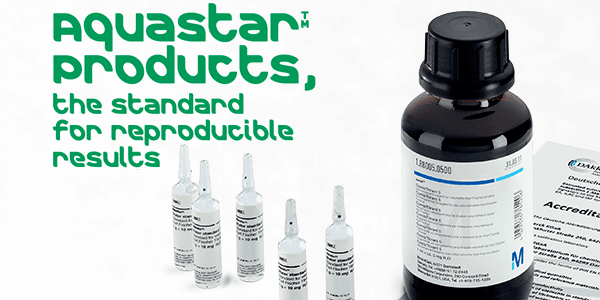Goal
To develop a sensitive LC-MS/MS method for quantitative analysis of estradiol and testosterone in plasma for clinical research using liquid chromatographic separation coupled to a triple quadrupole mass spectrometer.
Introduction
Analysis of estradiol and testosterone in plasma samples for clinical research requires a sensitive analytical method. Liquid chromatography coupled with tandem mass spectrometry (LC-MS/MS) has been widely adopted as an analytically sensitive and selective technique for estradiol and testosterone analysis in complex matrices such as human serum or plasma.
Experimental
Sample preparation
To prepare the samples, 10 μL of spiking solution (final concentration range: 0.5–10 ng/mL) and 20 μL of internal standard (2 ng/mL testosterone- 13 C3 and 20 ng/mL estradiol-d5) were added to 400 μL of plasma. Then 2 mL of MTBE were added and the sample was vortexed. After liquid-liquid extraction (LLE), the MTBE layer was evaporated under nitrogen, and 200 μL of 50:50 methanol/water were added to reconstitute. From this, 10 μL were injected in triplicate for LC-MS/MS analysis.






